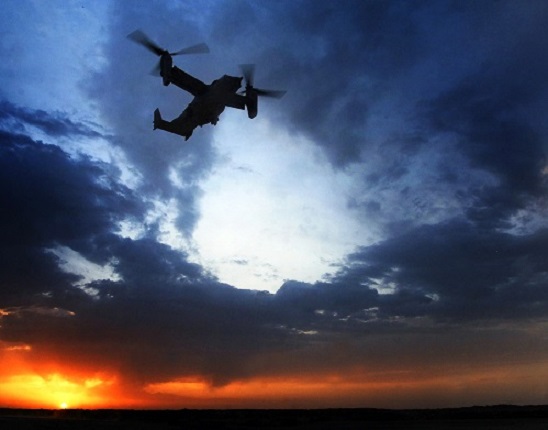NSN’s 2001 AUMF Report Quoted in The Epoch Times
Authorizing Force for Future Military Operations
By Mark Pomerleau
September 3, 2014 | The Epoch Times
The argument several scholars have made against the current administration’s reliance on this sixty word authorization for counterterrorism is that several terrorist groups today did not exist in 2001 and therefore would or should not fall under its umbrella. The administration has broadened their interpretation of the AUMF to include “associate forces” of (core) al-Qaeda and the Taliban – both of whom the 2001 AUMF were written to address – in the sense of the co-belligerency, which, “[a]pplied to al-Qaeda, co-belligerency requires an organization to have ‘entered the fight alongside al-Qaeda’ and to work with ‘al-Qaeda in hostilities against the United States or its coalition partners,’” according to a recent report on repealing the AUMF from the National Security Network, a Washington think tank. As opposed to the broad interpretation of a one size fits all authorization expanded to “associate forces” or co-belligerents today, the National Security Network report stated, “During World War II, the United States issued multiple declarations, one each for Germany’s co-belligerents.”
Should the AUMF be repealed, revised, or replaced? What should a new authorization look like? How can Congress check the president from utilizing unilateral power to deploy military force aside from limited Article II self-defense authority to protect from imminent threats? One method suggested in a paper published by Stanford University’s Hoover Institution would be for Congress to pass legislation reaffirming the president’s Article II powers. The authors of the Hoover paper wrote, “presidential action based on statutory authority has more political and legal legitimacy than action based on Article II alone.” However, as the authors noted, such legislation could broaden the president’s powers even greater and initiate an open-ended war given the ambiguity of whom Congress would be authorizing force against.
Other approaches regarding a new AUMF could include geographic limits placed on the administration by Congress. Some scholars believe that Congress should pass a legislation or a resolution that would only permit the Executive to use force in a particular geographic area. The 2001 AUMF, authorized force in Afghanistan as a response to 9/11 and against specific targets located in Afghanistan that attacked the United States, despite not explicitly naming any region. The 2001 language has since been used to target militants in Yemen, Pakistan, and Somalia to name a few. The authors of the National Security Network report stated, “Geographic limits in conjunction with a list of named enemy organizations would provide another means to incrementally ending armed conflict under the AUMF. As military counterterrorism operations to engage named enemy organizations become no longer necessary in a geographic area, then policymakers could remove that area by amending the law.” However, the authors point to various criticisms regarding such an approach because many terrorist entities operate across internationally recognized borders – think the Islamic State.
To read more, click here.




![U.S. Army parachute riggers from the 11th Quartermaster Company assemble 40 container delivery system bundles of water onto a C-17 Globemaster III for a humanitarian airdrop over the area if Amirli, Iraq Aug. 30, 2014. [U.S. Air Force photo by Staff Sgt. Shawn Nicke, 8/30/14]](/cms/assets/uploads/2014/08/humanitarian-aid-Iraq-8.20.14-140x140.jpg)
![Meeting of the NATO-Ukraine Commission. [NATO photo, 6/25/14]](/cms/assets/uploads/2014/09/NATO-Ukraine-Commission-June-2014-150x150.jpg)